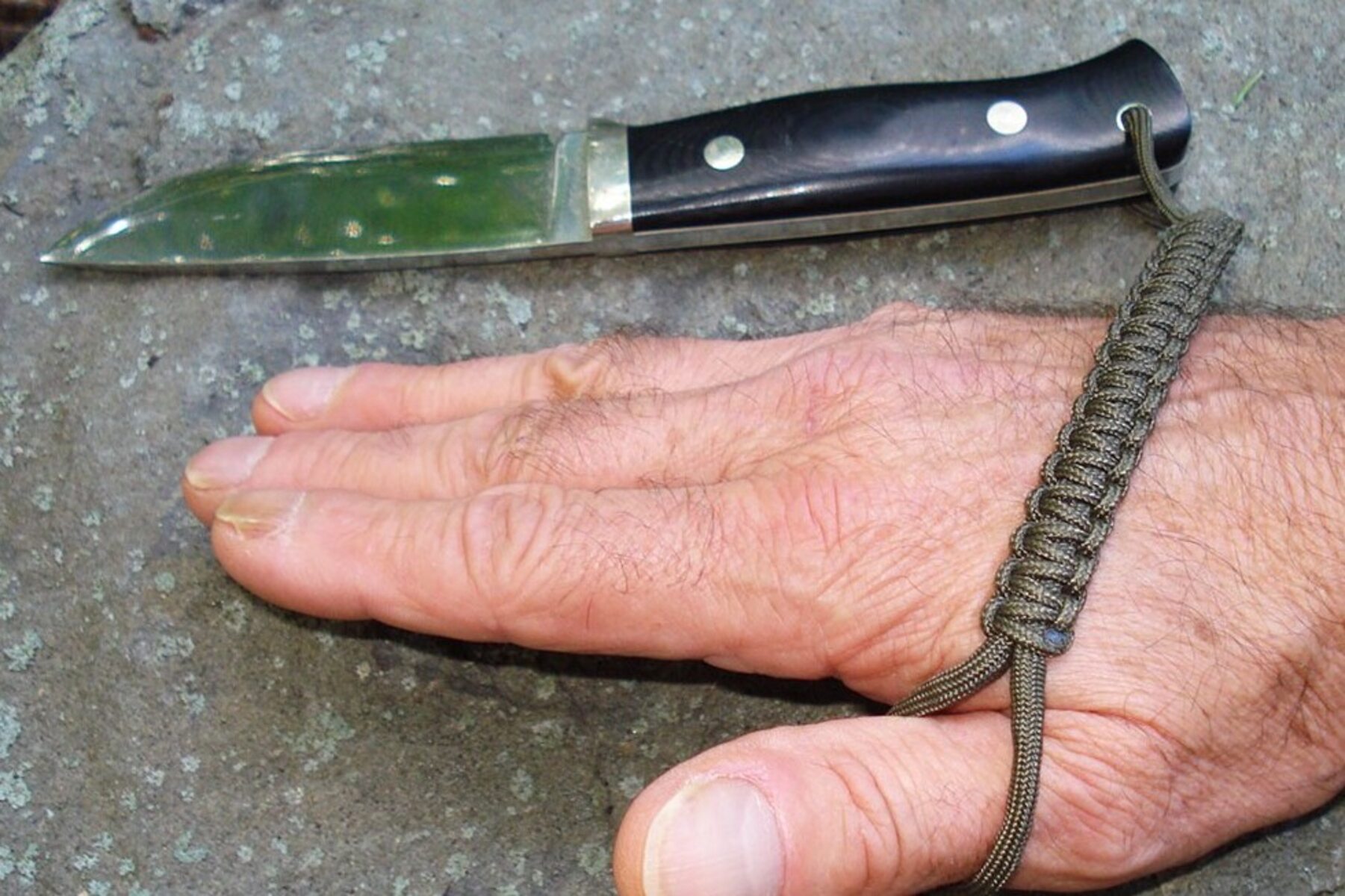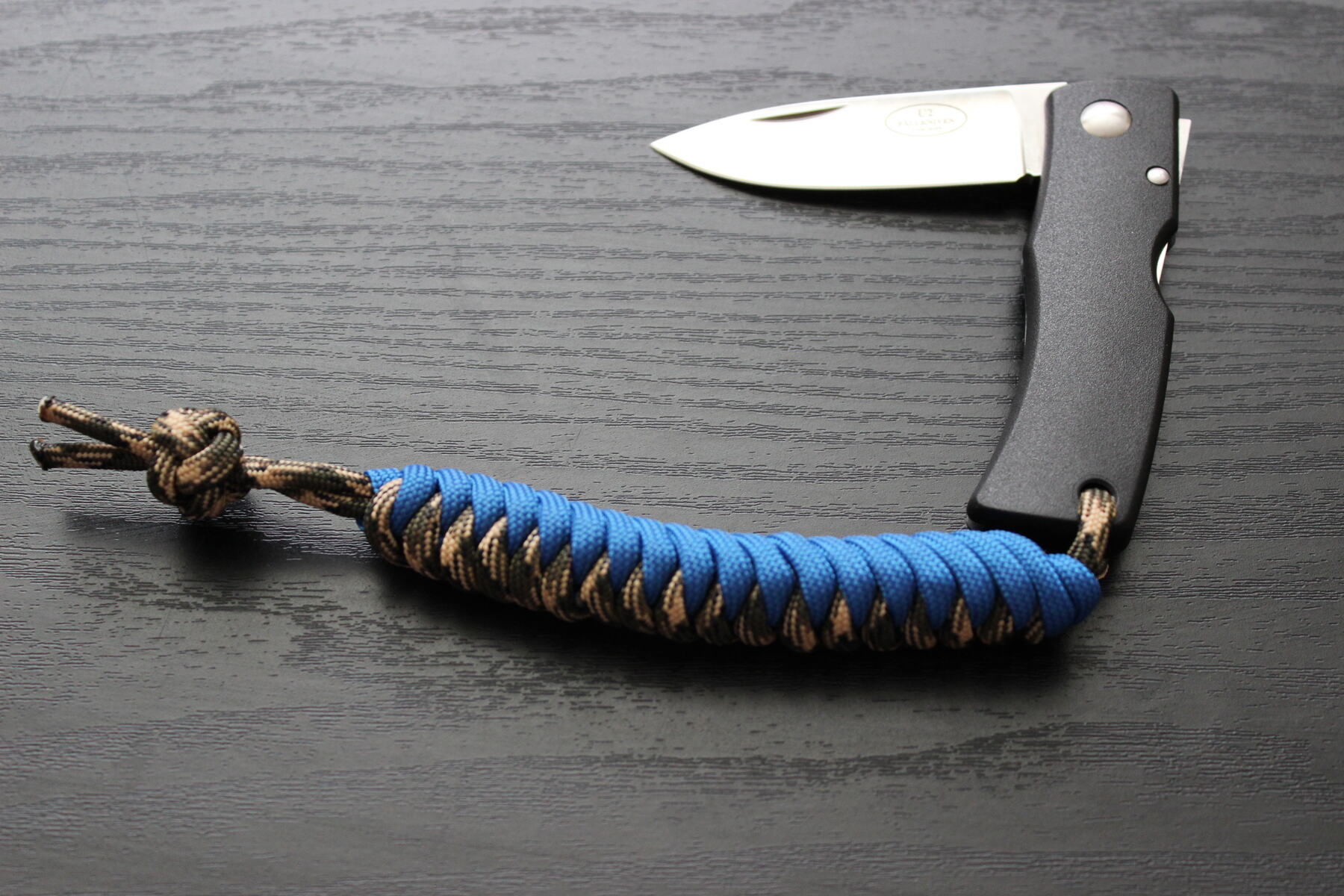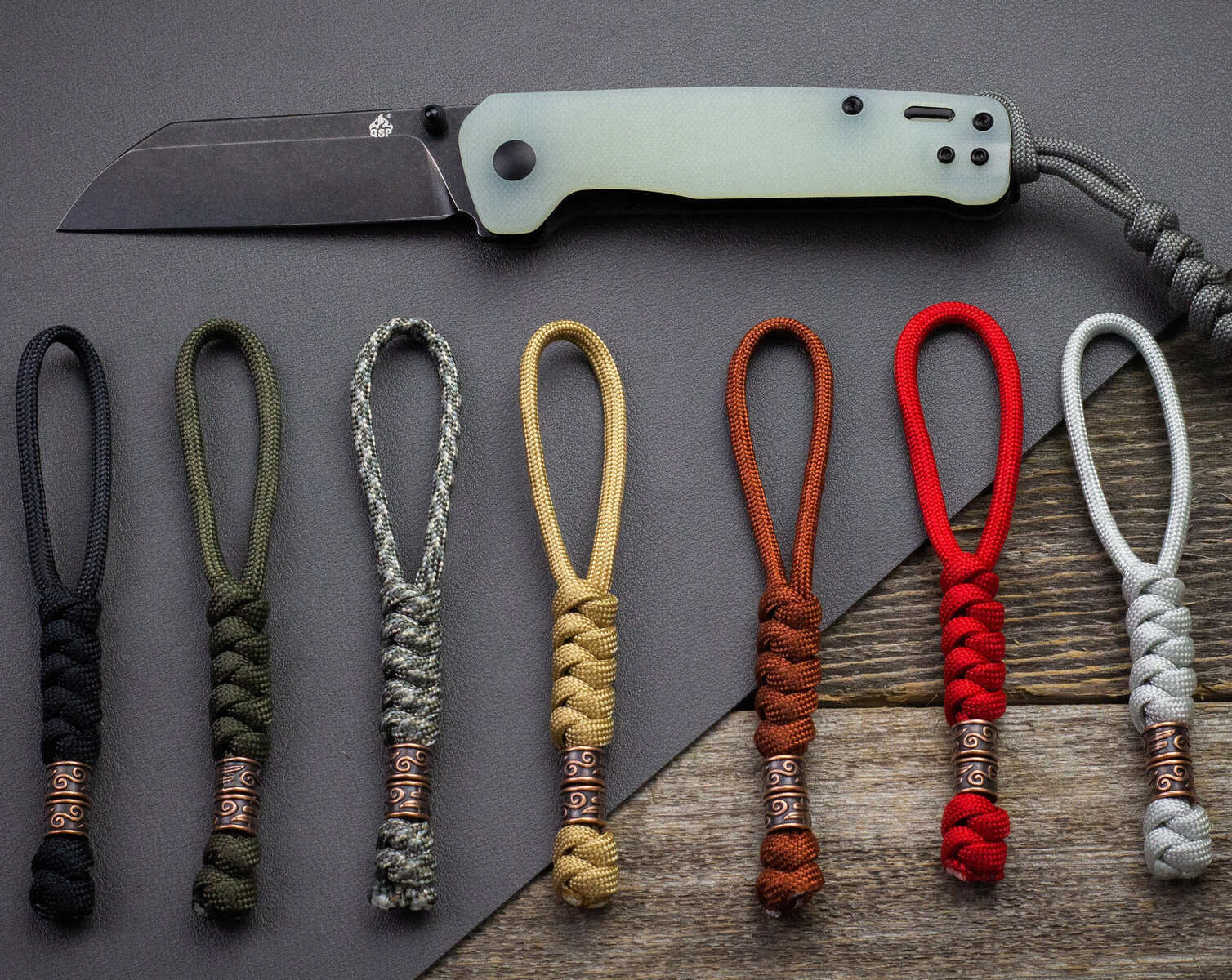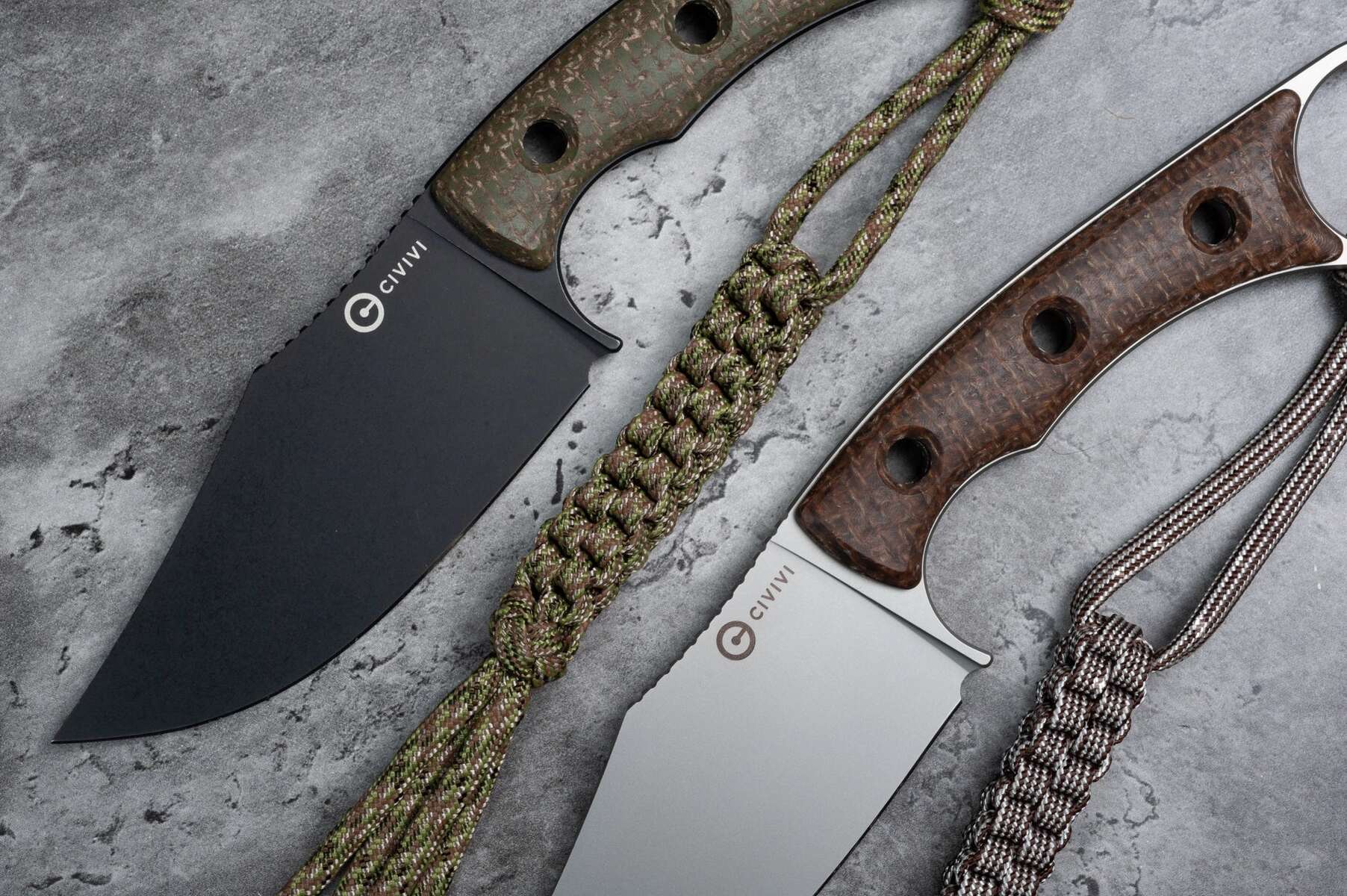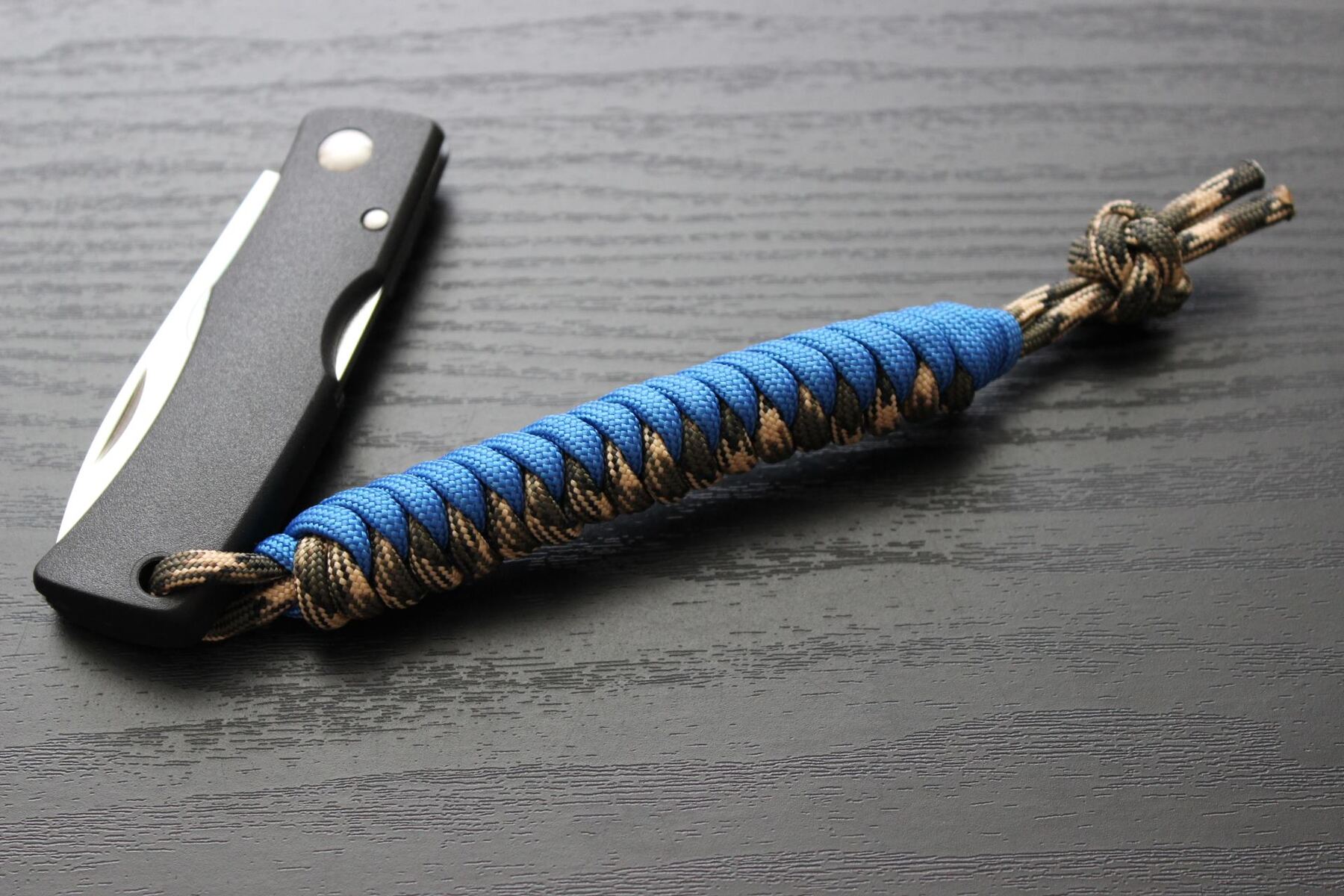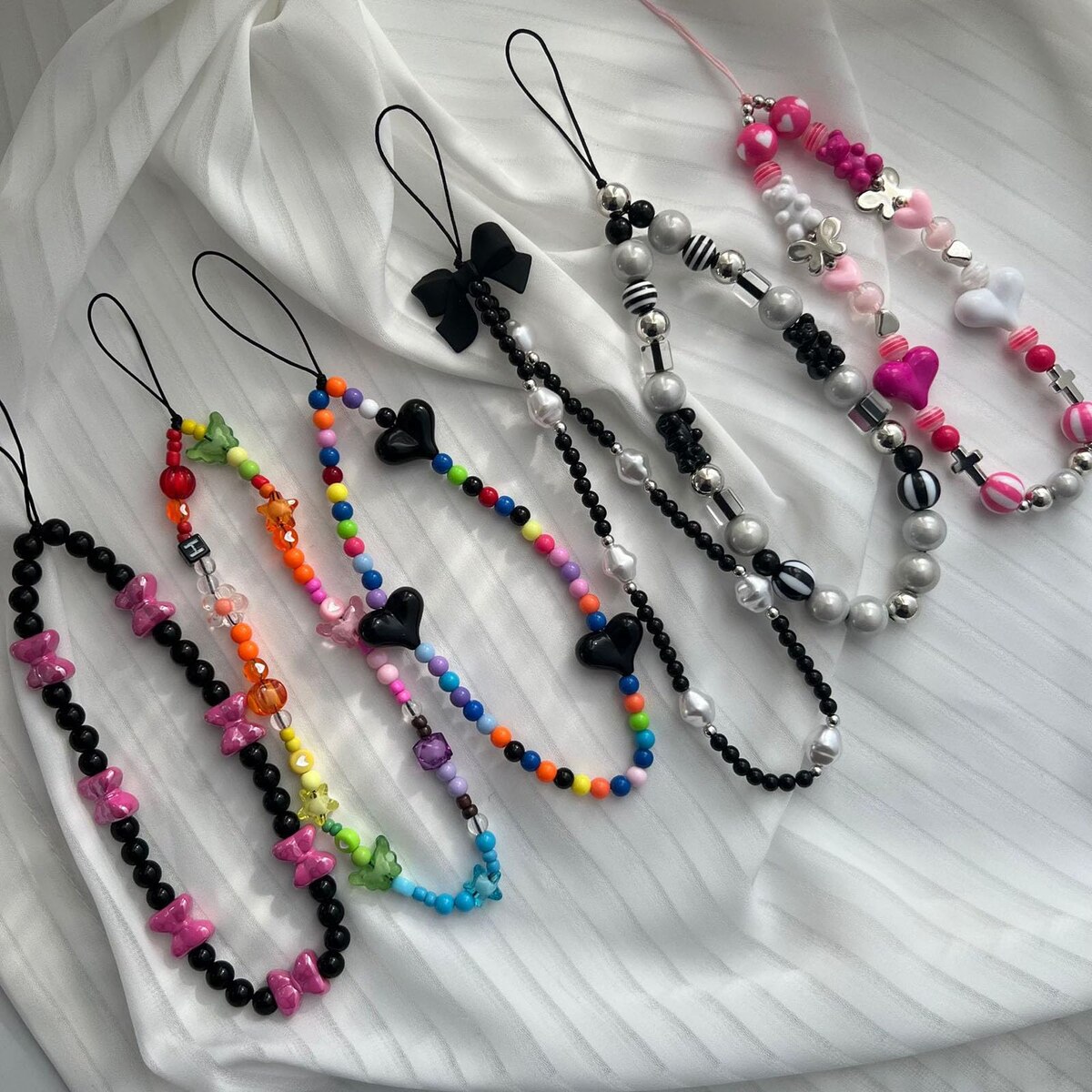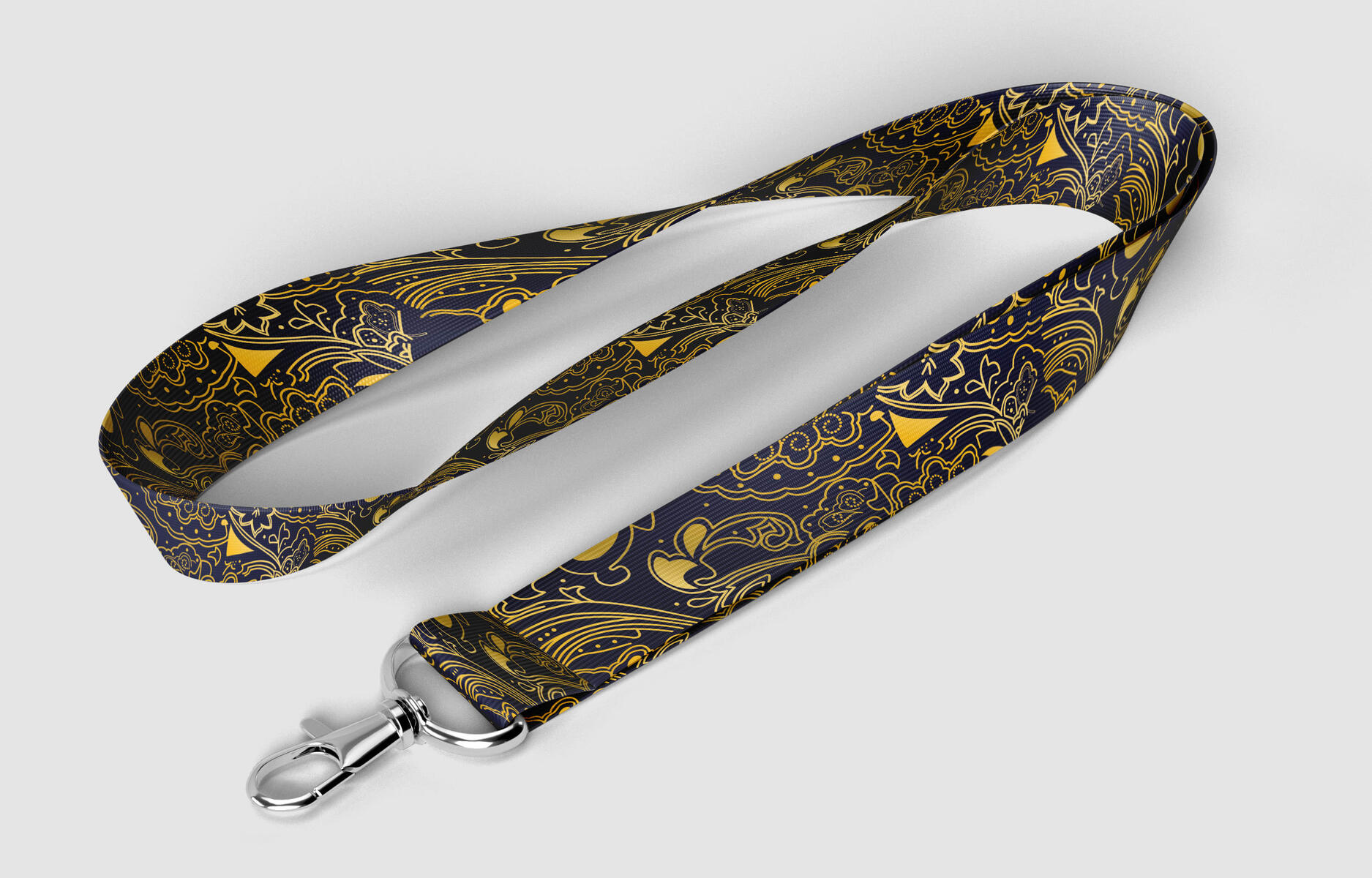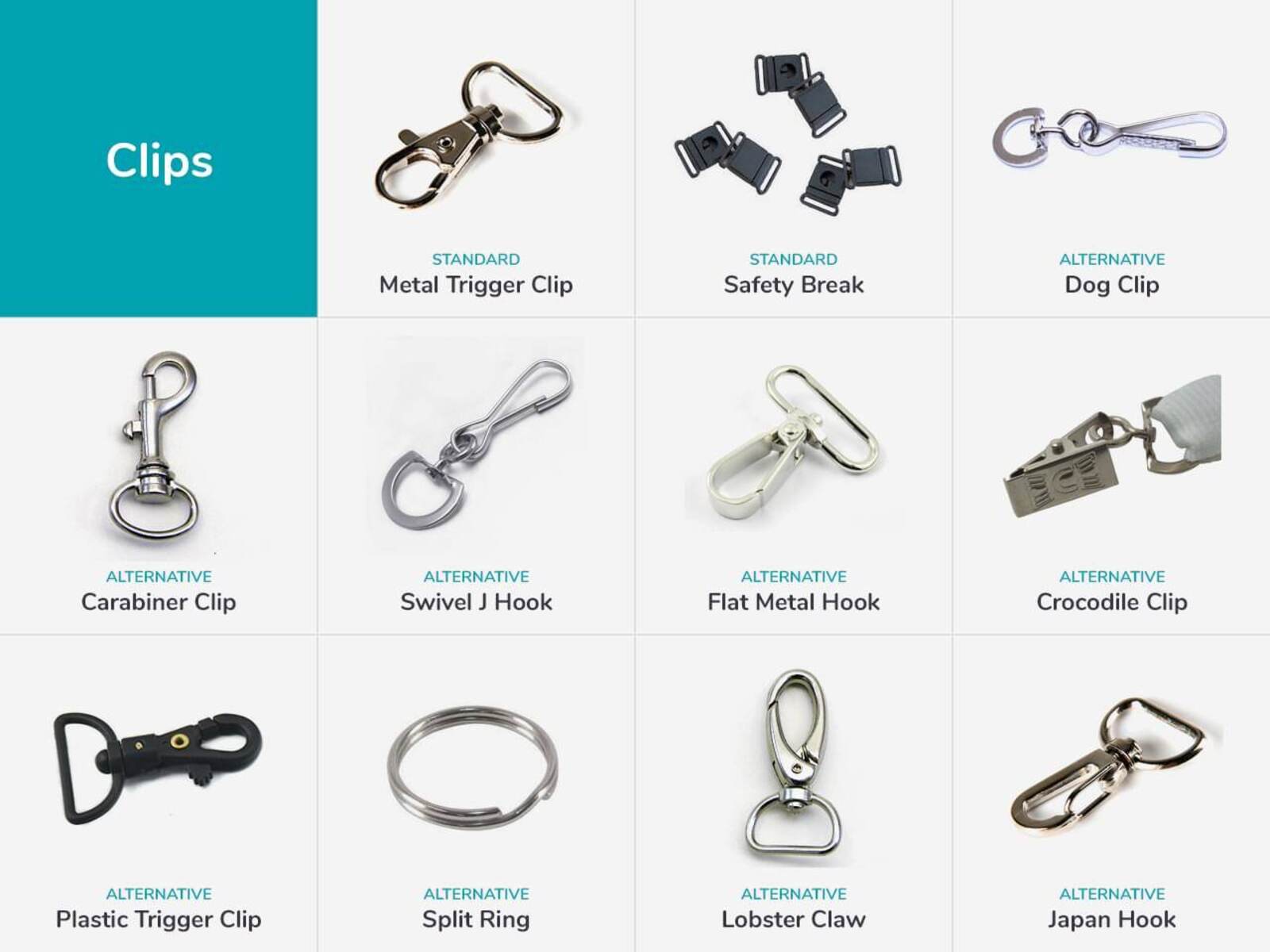Introduction
Lanyard holes on knives are often overlooked features that serve a valuable purpose for both practical and aesthetic reasons. These small apertures, strategically placed on the handle of a knife, may seem insignificant at first glance, but they play a crucial role in enhancing the functionality and versatility of the tool. Understanding the significance of lanyard holes can provide valuable insights into the thoughtfulness and ingenuity behind the design of knives.
Knives have been an integral part of human history, serving as essential tools for various activities such as hunting, survival, and everyday tasks. Over time, the design and functionality of knives have evolved to meet the diverse needs of users. Lanyard holes represent a thoughtful addition to traditional and modern knives, offering a range of benefits that cater to the practical requirements of users.
The purpose of this article is to delve into the multifaceted role of lanyard holes on knives, shedding light on their function, historical significance, benefits, and practical usage. By exploring these aspects, readers can gain a deeper appreciation for the meticulous design elements incorporated into knives, as well as the practical advantages that lanyard holes offer in different scenarios. Whether you are an outdoor enthusiast, a culinary aficionado, or a collector of fine blades, understanding the purpose of lanyard holes can enrich your knowledge and enhance your appreciation for the craftsmanship behind these indispensable tools.
The Function of Lanyard Holes
Lanyard holes, also known as lanyard tubes or lanyard eyelets, are strategically integrated into the handles of knives, serving both practical and aesthetic functions. These small apertures are designed to accommodate a lanyard, a piece of cord or strap that can be threaded through the hole to create a loop. The primary function of lanyard holes is to enhance the convenience, security, and versatility of knives in various applications.
Enhanced Grip and Security
One of the key functions of lanyard holes is to improve the grip and security of the knife during use. By attaching a lanyard to the knife, users can create a loop that can be slipped over the wrist, providing an additional layer of security when handling the knife. This feature is particularly valuable in outdoor activities such as camping, hiking, and hunting, where the risk of dropping or losing the knife can be mitigated by securing it to the wrist with a lanyard. Additionally, the lanyard loop can be adjusted to fit the user's hand size, offering a customized and secure grip that enhances control and stability during use.
Retrieval and Accessibility
In scenarios where knives are used in demanding or unpredictable environments, such as wilderness expeditions or tactical operations, the lanyard hole facilitates quick retrieval and accessibility of the knife. By securing a brightly colored or reflective lanyard to the knife, it becomes easier to locate and retrieve the tool, especially in low-light conditions or when it is attached to a backpack or gear. This functionality adds a layer of practicality and safety, ensuring that the knife is readily available when needed, without the risk of misplacement or oversight.
Personalization and Aesthetics
Beyond its practical functions, lanyard holes also offer a means of personalization and aesthetic enhancement for knives. Enthusiasts and collectors often use lanyards made from paracord, leather, or decorative braided materials to add a touch of individuality and style to their knives. This customization not only reflects the user's personality and preferences but also serves as a distinctive identifier for their tools. Furthermore, lanyards can be adorned with beads, pendants, or charms, further accentuating the visual appeal of the knife and creating a unique and personalized accessory.
In summary, lanyard holes on knives serve a multifaceted function, encompassing practical utility, security, accessibility, and personalization. Their subtle presence on knife handles belies their significant impact on the overall usability and aesthetics of the tool, making them an essential and thoughtful addition to the design of knives.
History of Lanyard Holes on Knives
The incorporation of lanyard holes into the design of knives can be traced back to centuries-old traditions and practical considerations. The historical evolution of lanyard holes reflects the convergence of functionality, cultural significance, and the ingenuity of knife makers across different civilizations.
In ancient times, knives were indispensable tools for various aspects of daily life, including hunting, food preparation, and self-defense. The need to secure and retrieve knives in diverse environments led to the development of innovative solutions, one of which was the integration of lanyard holes. Archaeological findings and historical records indicate that early knives, such as Roman pugiones and Scandinavian seaxes, often featured lanyard holes, demonstrating the enduring relevance of this design element across different cultures.
The historical context of lanyard holes extends beyond practical utility, encompassing cultural and symbolic dimensions. In many traditional societies, knives held profound symbolic significance and were often adorned with decorative elements, including lanyards. These embellishments served as expressions of cultural identity, craftsmanship, and personal adornment, reflecting the artistic sensibilities and traditions of the communities from which the knives originated.
As civilizations progressed and trade routes expanded, the exchange of knowledge and craftsmanship led to the dissemination of lanyard hole designs across different regions. This cultural diffusion contributed to the integration of lanyard holes into various types of knives, ranging from utility blades used in everyday tasks to ceremonial and ornamental knives that held ceremonial and ritualistic importance.
The evolution of lanyard holes on knives also reflects the adaptive nature of tool design in response to changing societal needs and technological advancements. With the advent of modern materials and manufacturing techniques, the practical functions of lanyard holes were further refined, catering to the demands of outdoor enthusiasts, military personnel, and adventurers who sought enhanced grip, security, and accessibility in their knives.
Today, the historical legacy of lanyard holes endures in the diverse array of knives available, each bearing the imprint of cultural heritage, craftsmanship, and practical innovation. The continued presence of lanyard holes on contemporary knives pays homage to the enduring legacy of this design feature, which has transcended time and cultural boundaries to become an integral component of knife design and functionality.
Benefits of Lanyard Holes
Lanyard holes on knives offer a myriad of benefits that cater to the practical needs and preferences of users across various domains. From outdoor enthusiasts and survivalists to culinary professionals and everyday users, the advantages of lanyard holes contribute to the overall utility, safety, and personalization of knives.
Enhanced Security and Grip
One of the primary benefits of lanyard holes is the enhanced security and grip they provide during knife use. By attaching a lanyard to the knife and looping it around the wrist, users can significantly reduce the risk of accidental drops or loss of the knife, particularly in demanding environments such as wilderness expeditions or tactical operations. This feature not only enhances the safety of the user but also ensures a secure grip that promotes better control and stability during various cutting tasks.
Accessibility and Retrieval
Lanyard holes facilitate quick accessibility and retrieval of knives, especially in outdoor settings or low-light conditions. By incorporating a brightly colored or reflective lanyard, the knife becomes easier to locate and retrieve when attached to gear or carried in a backpack. This practical benefit ensures that the knife is readily available when needed, without the hassle of rummaging through pockets or compartments, making it an invaluable feature for outdoor activities and emergency situations.
Personalization and Identification
Beyond their functional advantages, lanyard holes provide a platform for personalization and identification of knives. Enthusiasts and collectors often use lanyards made from paracord, leather, or decorative materials to add a touch of individuality and style to their knives. This customization not only reflects the user's personality and preferences but also serves as a distinctive identifier for their tools. Additionally, lanyards can be adorned with beads, pendants, or charms, further accentuating the visual appeal of the knife and creating a unique and personalized accessory.
Versatility and Adaptability
Lanyard holes contribute to the overall versatility and adaptability of knives in diverse scenarios. Whether used for outdoor activities, culinary tasks, or professional endeavors, the presence of lanyard holes enhances the functionality of knives by providing a customizable and secure grip, ensuring quick accessibility, and allowing for personalization based on individual preferences and requirements.
In summary, lanyard holes offer a range of benefits that encompass practical utility, security, accessibility, personalization, and adaptability, making them a valuable and thoughtful addition to the design of knives. Whether it's for wilderness survival, culinary pursuits, or everyday use, the advantages of lanyard holes contribute to a more secure, personalized, and functional knife experience.
How to Use Lanyard Holes
Using lanyard holes on knives involves a combination of practicality, customization, and safety considerations. Understanding the versatile applications of lanyard holes can significantly enhance the overall utility and user experience of knives in various settings.
Securing the Lanyard
The first step in utilizing lanyard holes is to secure the lanyard to the knife. This typically involves threading one end of the lanyard through the lanyard hole and creating a loop that can accommodate the user's wrist comfortably. The lanyard can be knotted or secured with a stopper to ensure a snug fit that maintains the desired grip and security during use.
Customizing the Lanyard
One of the appealing aspects of lanyard holes is the opportunity for customization. Users can select a lanyard material that suits their preferences, whether it's durable paracord for outdoor use, elegant leather for a touch of sophistication, or vibrant braided designs for a personalized aesthetic. Additionally, embellishments such as beads, pendants, or decorative knots can be added to the lanyard to reflect the user's individual style and personality.
Adjusting the Length
The length of the lanyard can be adjusted to accommodate different hand sizes and grip preferences. By creating a loop that fits comfortably around the wrist or can be secured to the hand, users can customize the grip of the knife to suit their specific needs. This adaptability ensures that the lanyard enhances the user's control and stability during various cutting tasks.
Retrieval and Accessibility
In practical terms, using lanyard holes facilitates quick retrieval and accessibility of the knife. When the lanyard is secured to the wrist or attached to gear, the knife remains within easy reach, minimizing the risk of misplacement or loss. This feature is particularly valuable in outdoor activities where quick access to the knife can be crucial for safety and efficiency.
Personalizing the Knife
Beyond its functional aspects, the use of lanyard holes allows users to personalize their knives. The choice of lanyard material, color, and decorative elements can transform the knife into a unique and visually appealing tool that reflects the user's taste and identity. This personalization adds a distinct touch to the knife, making it not only a practical tool but also a personalized accessory.
In essence, the utilization of lanyard holes on knives encompasses practical considerations, customization options, and safety enhancements. By mastering the art of using lanyard holes, users can elevate the functionality and aesthetics of their knives while benefiting from the added security and convenience that lanyards provide.
Conclusion
In conclusion, lanyard holes on knives represent a subtle yet indispensable feature that embodies a harmonious blend of practical utility, historical significance, and personalization. From enhancing grip and security to facilitating quick retrieval and personalizing the visual appeal of knives, lanyard holes serve as versatile and thoughtful additions to the design of these essential tools.
The multifaceted functions of lanyard holes, ranging from providing a secure grip during outdoor activities to allowing for personalization through customized lanyards, underscore their relevance across diverse user preferences and scenarios. Whether it's a survival knife used in the wilderness, a chef's knife in a professional kitchen, or a collector's prized possession, the benefits of lanyard holes resonate with a wide spectrum of knife users.
Furthermore, the historical legacy of lanyard holes reflects the enduring traditions of craftsmanship, cultural symbolism, and practical innovation that have shaped the evolution of knives over centuries. The integration of lanyard holes into the design of knives transcends mere functionality, encapsulating the rich tapestry of human ingenuity and cultural expression.
As users continue to explore the potential of lanyard holes in enhancing the usability and personalization of knives, the timeless appeal of this design element persists, offering a seamless fusion of form and function. Whether it's the peace of mind gained from a secure grip, the convenience of quick accessibility, or the opportunity to infuse personal style into a cherished tool, lanyard holes exemplify the thoughtful details that elevate the overall experience of using knives.
In essence, understanding the purpose of lanyard holes on knives provides a deeper appreciation for the meticulous craftsmanship and practical considerations that converge in the design of these indispensable tools. As users continue to embrace the benefits of lanyard holes in their knife experiences, the enduring legacy of this seemingly modest feature will continue to enrich the functionality, security, and personalization of knives for generations to come.







